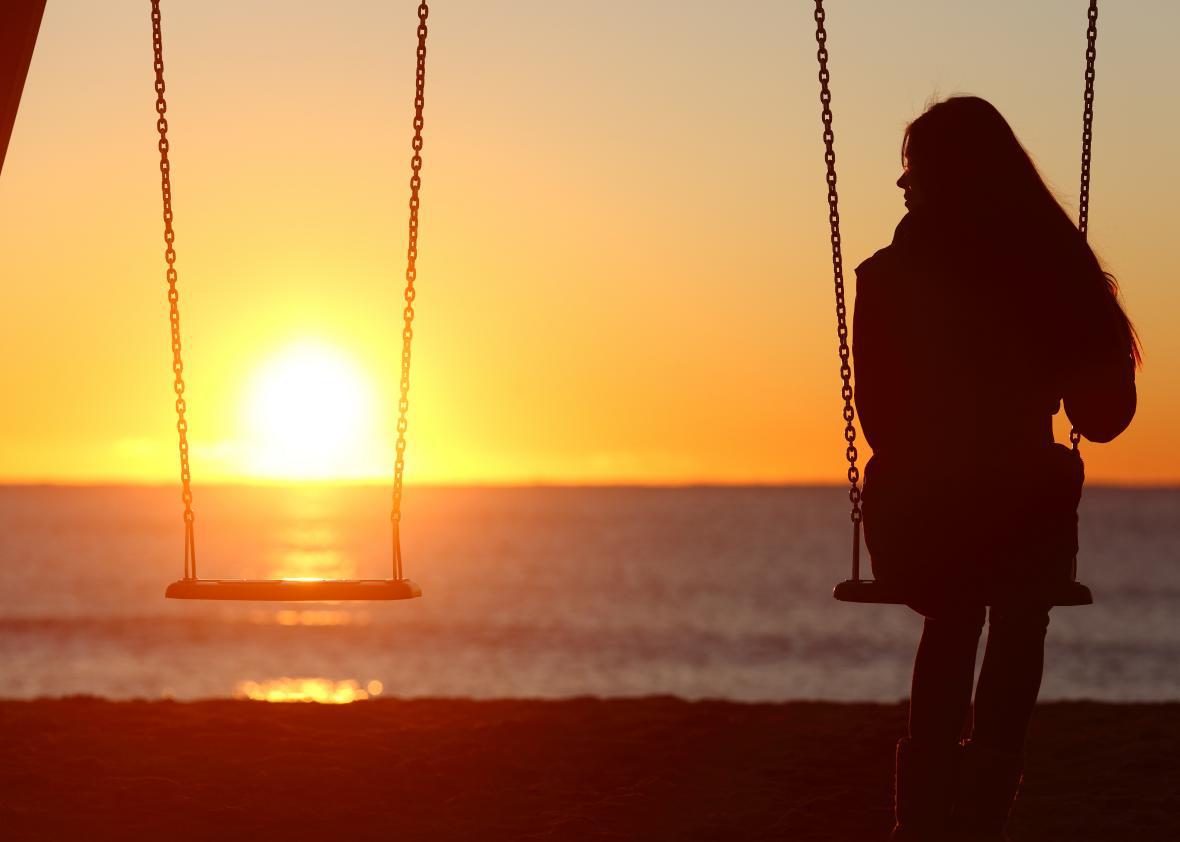For all the verbage on the decline of marriage in the United States, I don’t think I’ve ever seen a graph that illustrates our national turn towards singledom as simply as this one, from the Federal Reserve Bank of Kansas City. What’s neat about it is the authors don’t just focus on wedded couples; instead, they look at how the percentage of Americans living with either a spouse or an unmarried partner has changed since 1980. Plus, they break it down by age range. Thus the picture gives us the combined effects of declining marriage rates, divorces, increasing cohabitation, and whatever other social changes that might determine whether or not we reside with a loved one.
And the takeaway? When we’re young or middle-aged, Americans are less likely to be living in coupledom. But thanks to rising lifespans (and, I would guess, changing mores that have normalized late second marriages), senior citizens are more likely to be partnered up. So as a society, we’re more likely to be lonely, but we’re less likely to be lonely and old.
Probably necessary disclaimer: In spite of the tongue-in-cheek headline, I realize it is entirely possible to live a fulfilled, happy, love-filled life without a spouse or partner. Please hold off on the angry tweets.
